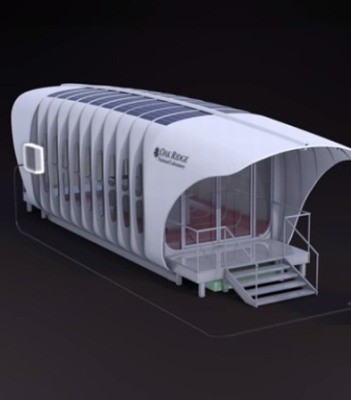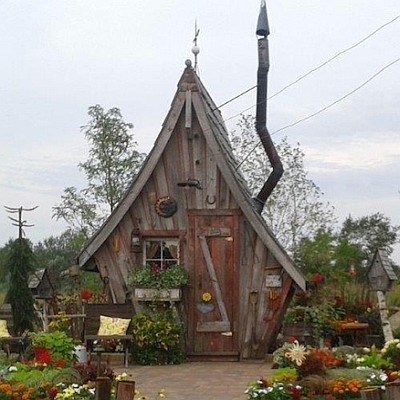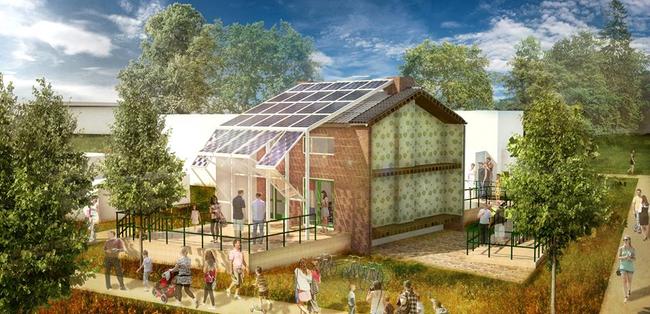A solar powered ‘Tiny Home’ made from discarded material
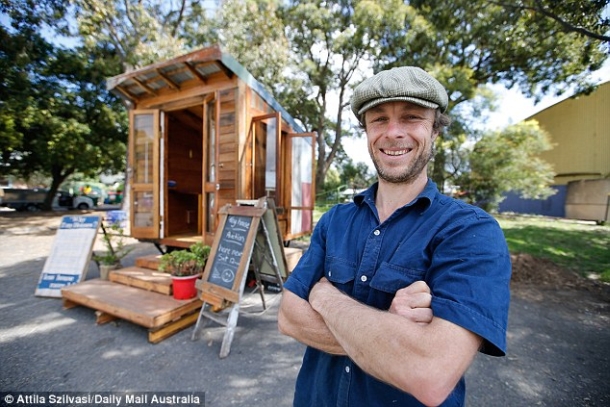
It’s a privilege to have a big house, but the way mass consumerism is rising up, it’ll be a favor to the planet to discourage this trend. Living in less materialistic manner and go for minimum spaces, that’s what the tiny house movement in the US preach. It’ll also help many of those who don’t get roof over their head. Inspired from tiny house movement, James Galletly, a carpaenter by profession, has built a multi-purpose space in a tiny house. The house has a single bed, a desk and storage shelves. When required, all of them could be neatly folded to make space for 4-5 people easily. This tiny house is made entirely from discarded materials including cupboards.
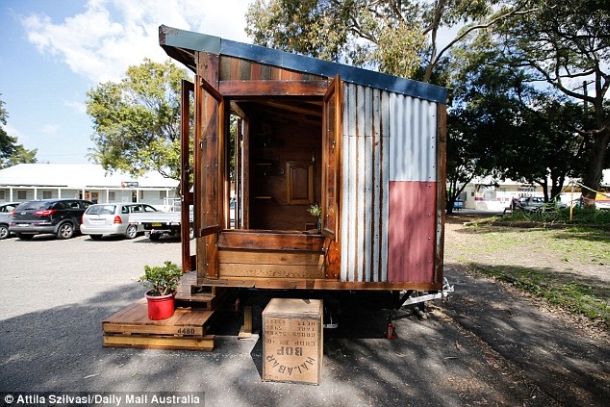
For lighting, the house uses solar panels and an old car battery. On September 20, James will auction the house at The Bower, a recycling centre in Sydney’s inner west. The bid will open with any cost between $10,000 and $15,000.
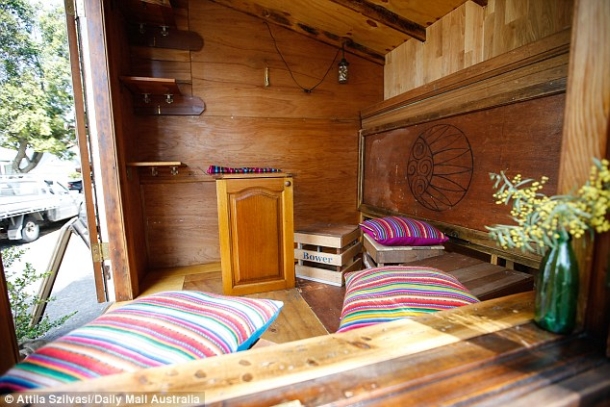
After, the tiny house movement gained momentum, the trend is picked-up some other counties and Australia is one of them.
According to James,
I would like to see it used for a practical use on a day to day basis. I originally envisioned it to be used as an extra bedroom for a family that has outgrown their house. It’s a good alternative housing model that I’d like to see pushed out into the public as viable option. It can also give people who are struggling with some freedom from monetary issues.
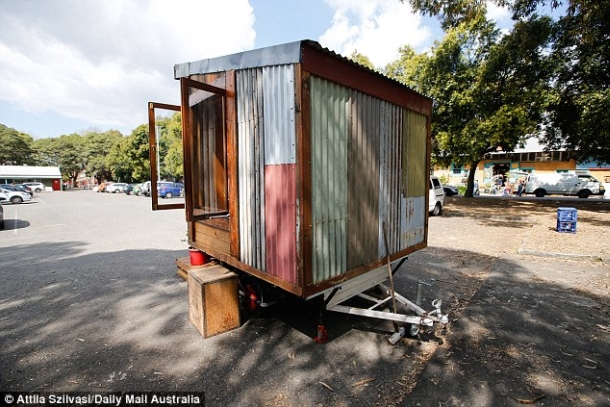
Not just for the sake of reducing mass consumerism, but such tiny spaces could be very useful for artists and writers, who seek isolated spaces to work. There is a lot that could be done with these tiny houses. James is also planning his next project; a fully functioning tiny home that will feature a bathroom and kitchen. Of course, it’ll increase the length and the width of the house, but it’ll be complete.
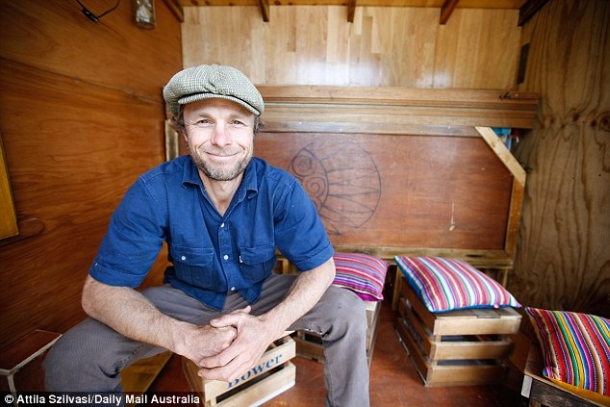
For us, it’s a nice idea to strive to discourage mass consumerism, to re-sue or recycled discarded materials, and to feed on renewable sources for energy.
